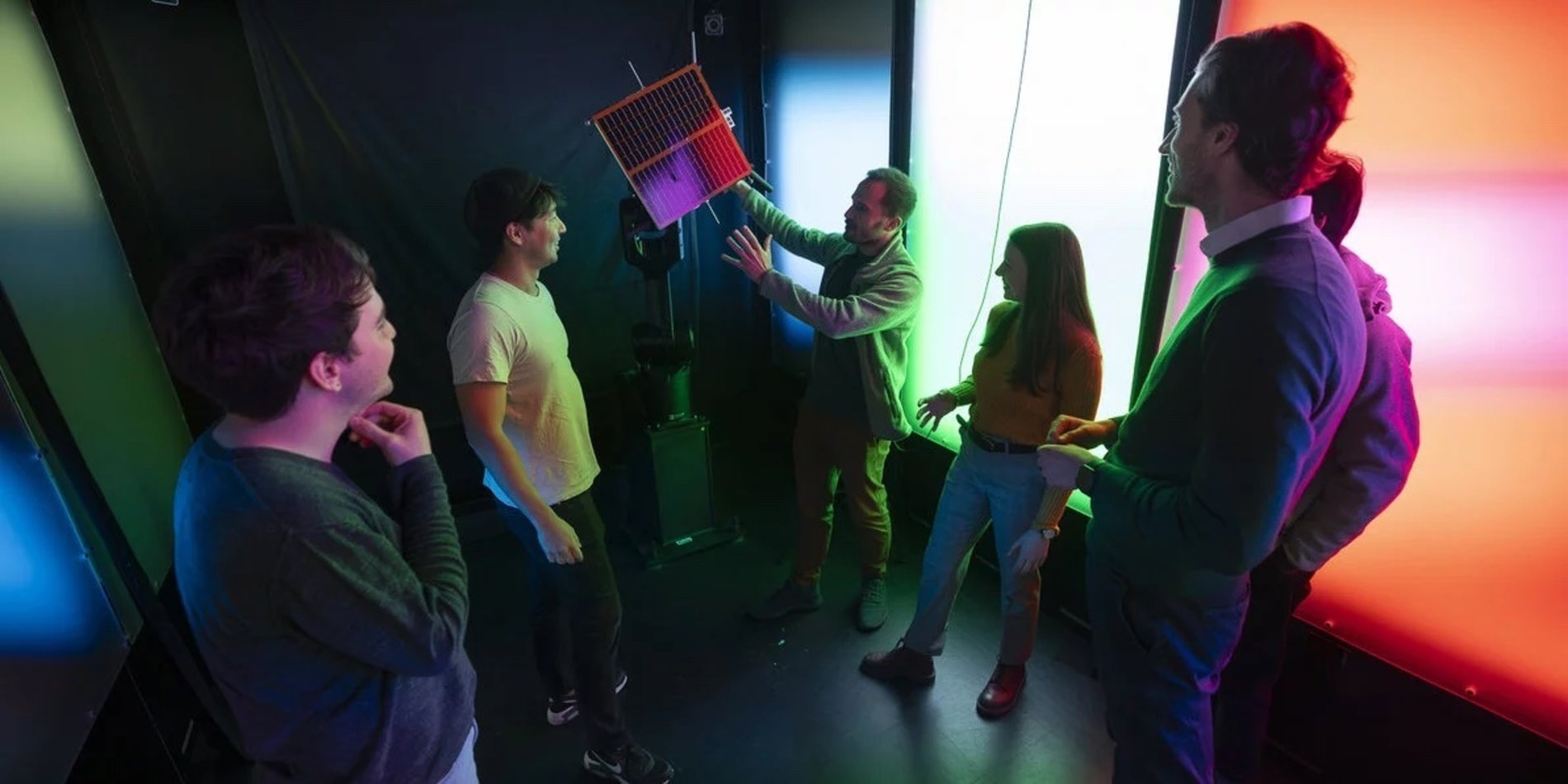Main content start
Emmanuel Candès wins a MacArthur grant

Emmanuel Candès, the Barnum-Simons Chair in Mathematics and Statistics and chair of statistics, has been named one of the 2017 fellows of the John D. and Catherine T. MacArthur Foundation. The fellowships, also referred to as “genius grants,” recognize individuals who show “exceptional originality in and dedication to their creative pursuits.” Fellows receive $625,000 stipends that come with no conditions in order to inspire recipients to “pursue their own creative interests.”
Candès is best known for developing compressed sensing – a set of algorithms that radically speed the process of acquiring and processing high-resolution images, with implications for everything from medical imaging to intelligence gathering.
Ordinarily, collecting high-resolution images involved gathering massive amounts of data in order to improve the image quality, but Candès and his colleagues had what might seem like a counterintuitive idea: collect less data, then fill in the missing parts. It works by sampling only a fraction of what a camera’s digital sensor could collect. Compressed sensing algorithms then fill in the empty space based on the color of pixels it did collect.
Although there’s no iron-clad guarantee compressed sensing will recover a good image, it almost always does because most images change fairly smoothly from one pixel to the next. A face, for example, doesn’t generally vary much in hue or tone, except at a few boundaries, such as the eyes, the mouth or the nose.
One of the earliest applications of this work was in pediatric MRIs, which could take up to minutes. In some cases, however, just a single heart beat can shake a child enough to blur an MRI – and the usual solution is to stop that child’s heart long enough to take an image. By cutting the exposure time to less than a minute, compressed sensing decreased the length of time doctors would need to stop a child’s heart. Other important, albeit less dramatic, applications include faster, higher resolution digital cameras and spying algorithms that can defeat efforts to scramble radio communications.


